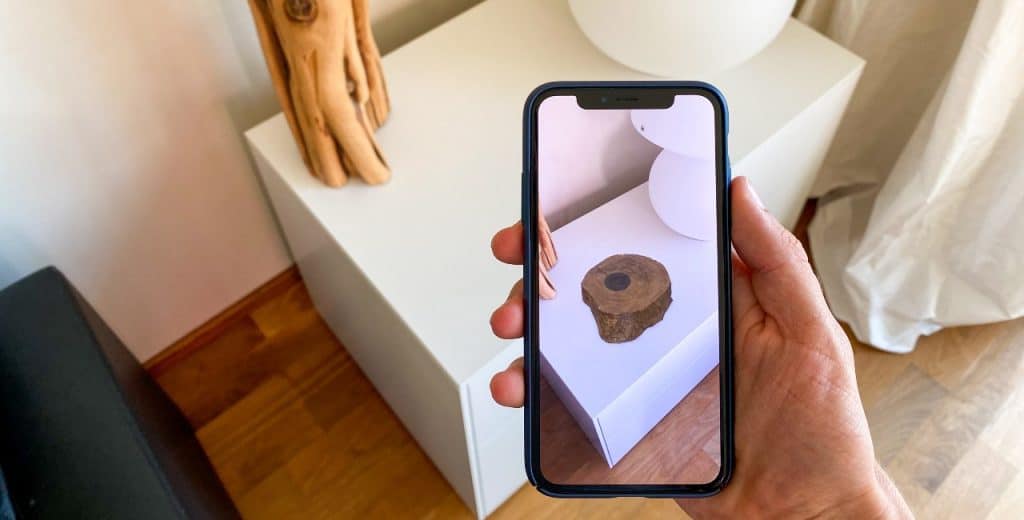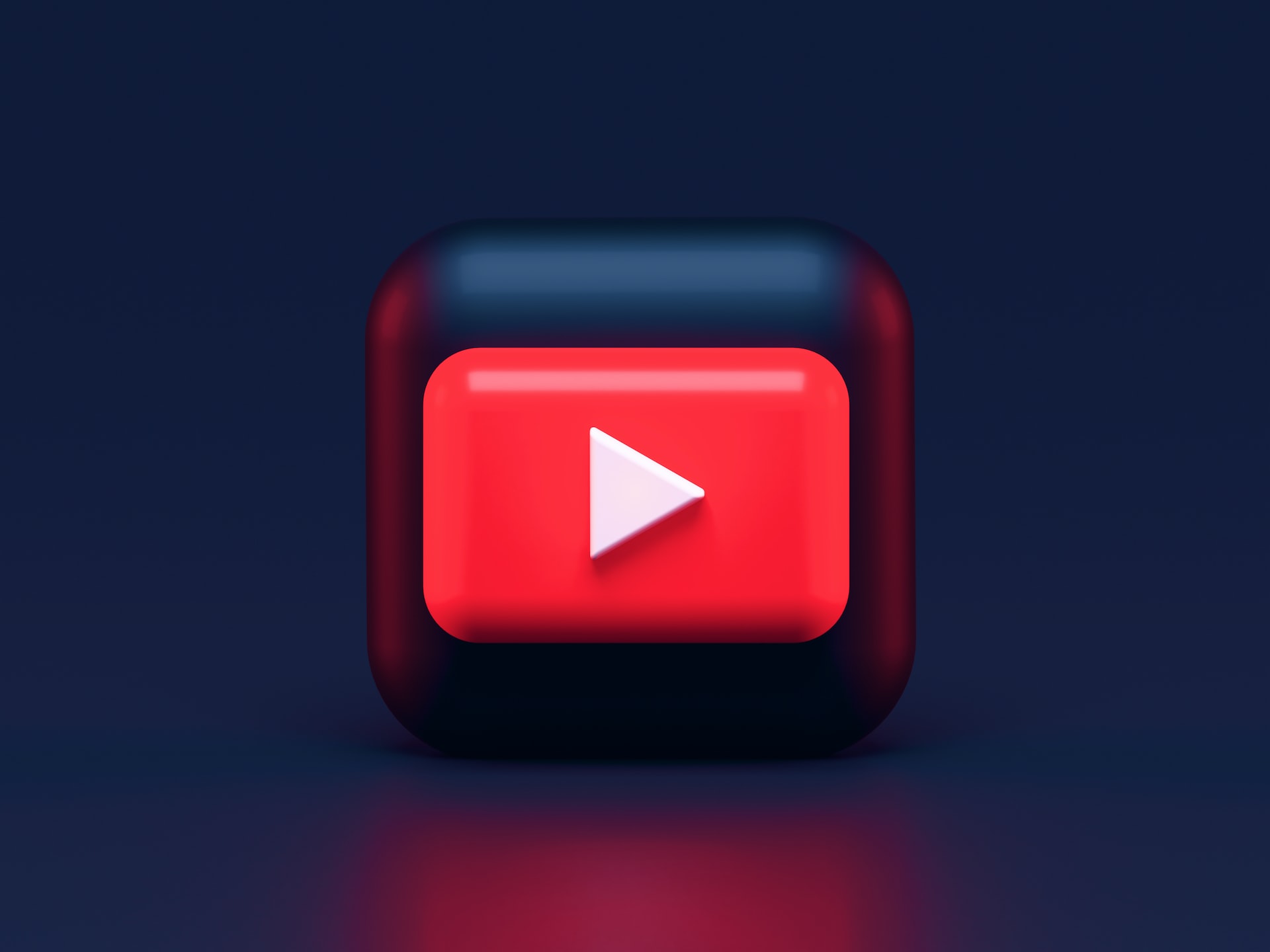Chances are that even if you don’t yet know how to stream on Twitch, you’ve heard a lot about it. The popular platform for livestreaming video games and other kinds of media gets 100 million unique visitors every month. That’s around the same amount that YouTube and Netflix get.
If you’re wondering what the buzz is about, now is a great time to get started. This guide will tell you the basic of how to stream on Twitch so you can get streaming today.
1. Make a Twitch Account
The first step of learning how to stream on Twitch is, of course, making a Twitch account. This process should be relatively straightforward for those who’ve created accounts on online platforms before. Just head to Twitch.tv, choose a username and password, input your email address, and you’re on your way.
Once you make your account, add any friends you know are already on Twitch. This will give you a place to start when it comes to streams to watch and people to view your first ones.
2. Download Broadcast Software
Next, you’ll need to choose a software program with which to broadcast your livestreams. You can choose among many different programs, but the most commonly used are Bebo, Open Broadcaster Software, Streamlabs Open Broadcaster Software and XSplit Broadcaster.
- Open Broadcast Software (OBS) is free, open-source software for streaming and recording. You can use its basic features to get started quickly or go more in-depth for advanced features.
- Streamlabs OBS is an app built on top of the original OBS. It’s designed to be more user-friendly and includes some additional features. It’s also free and open source.
- XSplit Broadcaster is user-friendly but powerful. It’s designed for professional-quality video, features an easy-to-use interface and is highly customizable.
3. Set up a Broadcast
Once you have your Twitch account and your software of choice, you’re ready to find something to stream. Most people stream games, but you can also stream your computer desktop and a live video of yourself. You may want to stream a game alongside your reactions on camera.
This process might differ depending on your broadcast software, but in most, you go to the sources tab and press the add button. Then, name the source and choose the window on your screen you want to capture. You can also choose to stream your whole screen or input from a camera.
You can overlay multiple sources, such as a game and camera, on top of each other by reordering them in the source list and then resizing them so they display how you want them to. For example, you’ll likely want the game to take up the whole screen, so put that in the background. Then, place the camera stream on top, reduce the size and put it in the corner.
Once you get your stream going, you can adjust your settings regarding video and audio quality. The optimal settings vary depending on each user’s setup and personal preferences.
4. Adding Features
If you’ve made it this far, you’ve already completed the basics, and you should have everything you need to stream for the first time.
If you want to get a little fancier with your stream, you can now start adding additional features. You can add other overlays of nearly anything you want in much the same way you placed a camera video of yourself over your gameplay, or use a range of add-on tools.
Using tools such as Streamlabs and Muxy, you can add alerts to your streams, which will let you know when users follow you so you can engage with them in real time about it. Another fun tool is Snip, which allows you to play music in the background of your stream and displays the song title, artist and album artwork on your screen. Twitch’s video API also allows you to upload video, such as compilations of your stream or an introduction to your channel, directly to the platform. There are many other tools available as well.
Many broadcast software programs allow you to create multiple templates with different features in each so you can quickly switch between your favorite setups.
5. Building an Audience
A lot of Twitch users just stream casually, but there are also users that put in substantial amounts of work to grow their audiences. Some users, like Jaryd “summit1g” Lazar, Tom “Syndicate” Cassell and Michael “Shroud” Grzesiek, have risen to Twitch stardom.
Users with a big following can make a living on the platform by becoming a Twitch Partner, monetizing their content and getting a share of ad revenue and subscription fees.
Building a Twitch audience isn’t an exact science, but there are plenty of tips for aspiring pro streamers floating around online. If you want to grow a following, make sure your profile is complete and engaging, get to know other users and keep your streams entertaining with commentary. You should also start working at creating a consistent brand for your profile and streams.
You don’t necessarily have to get Twitch-famous to get rewarded for streaming, though. Members of Twitch Prime, a premium Twitch subscription that comes with Amazon Prime, can get exclusive deals, in-game prizes and even free games.
Whether or not you aspire to go pro, streaming on Twitch can be a fun experience. Use this guide to get started, and see where the platform takes you!
Recent Stories
Follow Us On
Get the latest tech stories and news in seconds!
Sign up for our newsletter below to receive updates about technology trends




